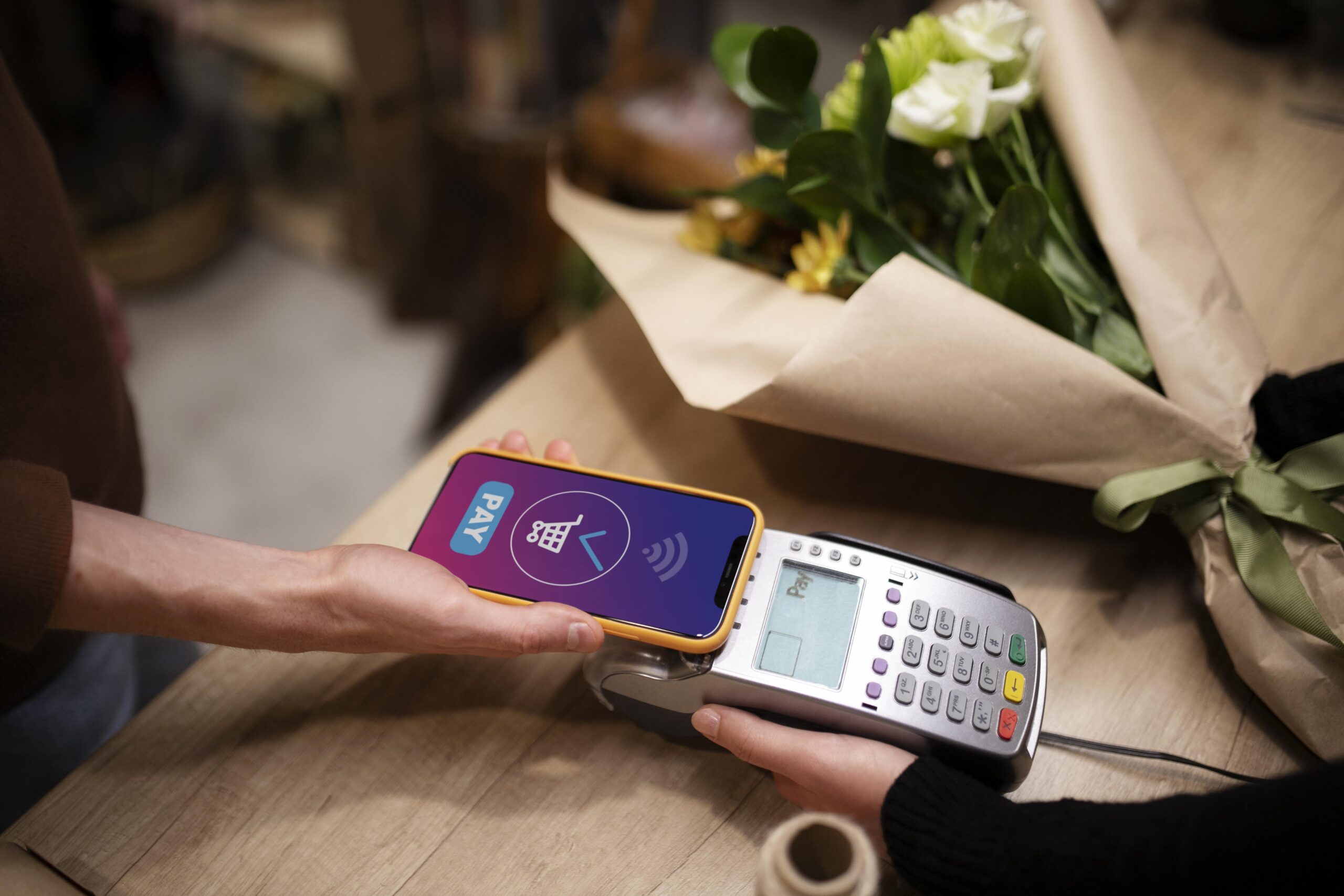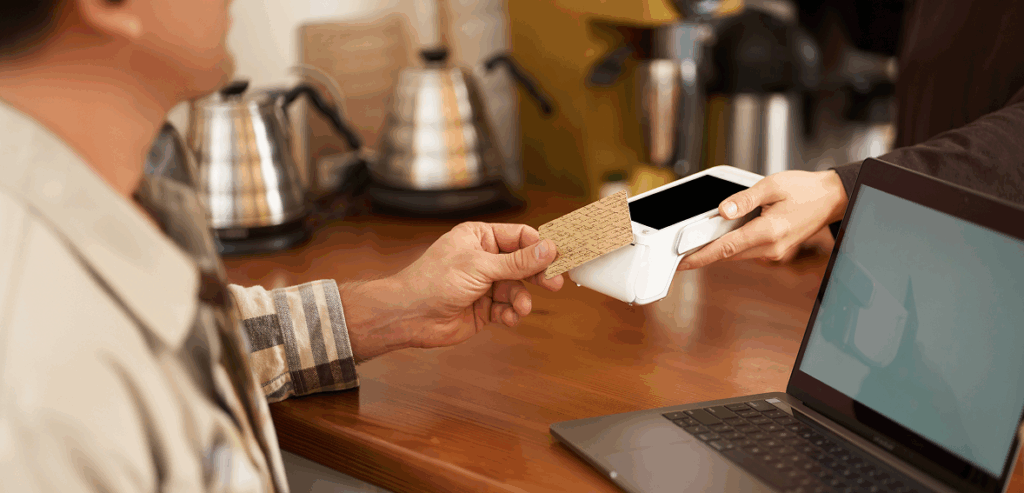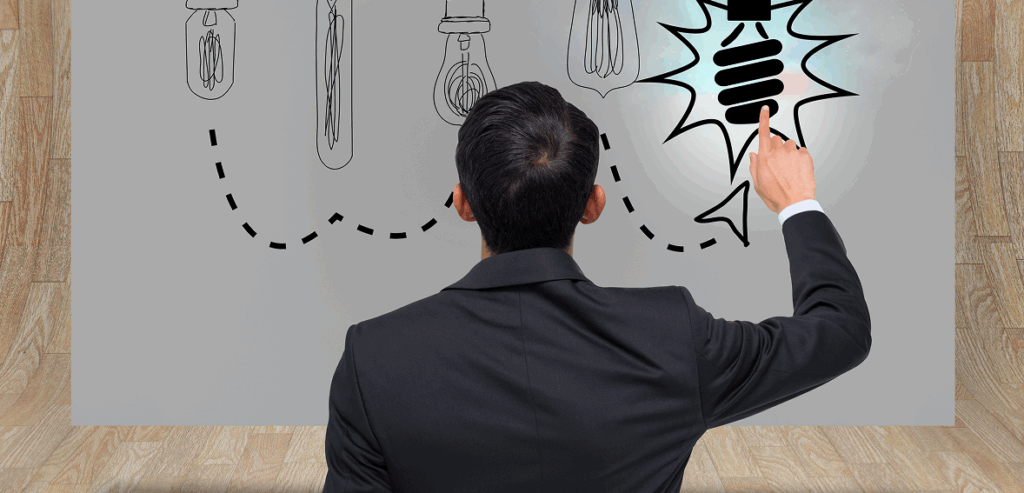
The Ultimate Guide to Accepting Contactless Payments: How to Set Up Tap-to-Pay for Your Business
Why Tap-to-Pay Matters in 2025
In a world where speed, safety, and convenience dominate consumer expectations, contactless payments have gone from novelty to necessity. Tap-to-pay — powered by NFC (Near Field Communication) technology and mobile wallets like Apple Pay, Google Pay, and Samsung Pay — is now one of the most common ways people pay worldwide.
As of 2024, 57% of U.S. adults reported using digital wallets regularly. By 2028, global mobile wallet transactions are projected to exceed $20 trillion. For businesses, enabling contactless payments is no longer optional. Customers expect it, and competitors already offer it.
This implementation guide walks you through everything you need to know to set up tap-to-pay for your business, whether you run a coffee shop, retail store, or online shop.
What Is Tap-to-Pay?
Tap-to-pay is a payment method that allows customers to complete transactions by tapping their card, smartphone, or wearable on a contactless-enabled POS terminal.
Examples of Tap-to-Pay Options:
- Credit/Debit Cards with the contactless wave symbol.
- Apple Pay (iPhone, Apple Watch).
- Google Pay (Android devices).
- Samsung Pay.
- Wearables like Fitbit Pay or Garmin Pay.

How Tap-to-Pay Works
- Customer taps their card/phone/watch near the terminal.
- The POS communicates with the card/wallet via NFC technology.
- Instead of sending card numbers, the device sends a unique encrypted token.
- The bank verifies the token → transaction approved in seconds.
This process is more secure than traditional swiping or inserting cards.
Benefits of Tap-to-Pay
For Customers
- Speed: Payments process in 1–2 seconds.
- Convenience: No cash, no swiping, no signing.
- Security: Biometric authentication (Face ID, fingerprint).
For Businesses
- Shorter Lines: Faster checkout boosts throughput.
- Customer Satisfaction: Tech-savvy shoppers prefer contactless.
- Reduced Fraud: Tokenization protects sensitive data.
- Competitive Edge: Keeps you aligned with modern expectations.
What You Need to Get Started

Before you can accept tap-to-pay, ensure you have:
- NFC-Enabled POS System
- Check if your terminal supports NFC (Square, Clover, Lightspeed, Toast).
- Payment Processor Support
- Your processor (Stripe, PayPal, Square) must allow mobile wallet payments.
- Updated Merchant Account Settings
- Confirm Apple Pay/Google Pay acceptance is enabled.
- Staff Training
- Employees should know how to help customers tap-to-pay correctly.
Setting Up Tap-to-Pay In-Store

Step 1: Check Your POS System
- Contact your POS vendor to confirm NFC compatibility.
- Upgrade if necessary (new hardware costs range $200–$600).
Step 2: Work with Your Payment Processor
- Ensure Apple Pay, Google Pay, and Samsung Pay are enabled.
Step 3: Test the Setup
- Use test transactions with Apple/Android devices.
Step 4: Add Contactless Signage
- Display logos: “We Accept Apple Pay & Google Pay.”
Step 5: Train Your Team
- Teach staff how to guide customers using wallets or tap cards.
Setting Up Tap-to-Pay Online
For e-commerce businesses, tap-to-pay means enabling Apple Pay/Google Pay buttons at checkout.
Step 1: Choose an E-Commerce Platform That Supports Wallets
- Shopify, WooCommerce, BigCommerce, Wix, Squarespace.
Step 2: Enable Wallet Options in Payment Gateway
- Stripe → toggle Apple Pay/Google Pay.
- PayPal → enable wallet checkout.
Step 3: Verify Domain (Apple Pay Only)
- Apple requires a small verification file added to your site root.
Step 4: Test Checkout
- Ensure buttons work on iOS and Android devices.
Costs of Accepting Tap-to-Pay
- Transaction Fees: Same as credit cards (2.6–3%).
- POS Upgrade Costs: $200–$600 for NFC hardware.
- E-Commerce Integration: Typically included with Stripe/PayPal.
Common Challenges & Solutions

- Challenge: Customers unaware of wallet options.
✅ Solution: Add signage + staff education. - Challenge: POS not NFC-enabled.
✅ Solution: Upgrade to modern POS terminals. - Challenge: Online checkout issues.
✅ Solution: Verify with Stripe/Apple Pay domain settings. - Challenge: Customer hesitation (older demographics).
✅ Solution: Continue offering multiple payment options.
Security Considerations

- Tokenization: Protects customer card data.
- PCI Compliance: Work with your processor to stay compliant.
- Biometric Authentication: Adds extra fraud protection.
- Lost Devices: Wallets can be remotely locked.
Best Practices for Smooth Implementation
- Promote Contactless Acceptance
- Stickers on storefronts and checkout counters.
- Offer Incentives
- Discounts for customers who use Apple Pay/Google Pay.
- Integrate Loyalty Programs
- Reward customers directly through wallets.
- Monitor Metrics
- Track tap-to-pay adoption, speed, and impact on revenue.
- Stay Updated
- Keep software and POS systems current.
Real-World Examples
- Coffee Shop – Added tap-to-pay, reduced checkout times by 30%.
- Clothing Boutique – Google Pay adoption boosted average order size by 12%.
- Airline – Boarding passes + payments in wallets boosted engagement.
The Future of Tap-to-Pay
- Wearables Growth – Smartwatches, rings, glasses.
- AI Personalization – Wallets suggesting offers in real time.
- Super Apps – Combining payments, shopping, and rewards.
- Cross-Border Compatibility – Wallets working seamlessly worldwide.
By 2030, analysts predict tap-to-pay will surpass plastic cards as the dominant payment method globally.
Conclusion: Future-Proof Your Business with Tap-to-Pay
Tap-to-pay is more than just a payment method — it’s a consumer experience upgrade. Businesses that implement it not only process transactions faster but also build trust, loyalty, and repeat business.
By following this guide, you can:
- Set up tap-to-pay in-store and online.
- Improve customer satisfaction.
- Stay competitive in a mobile-first economy.